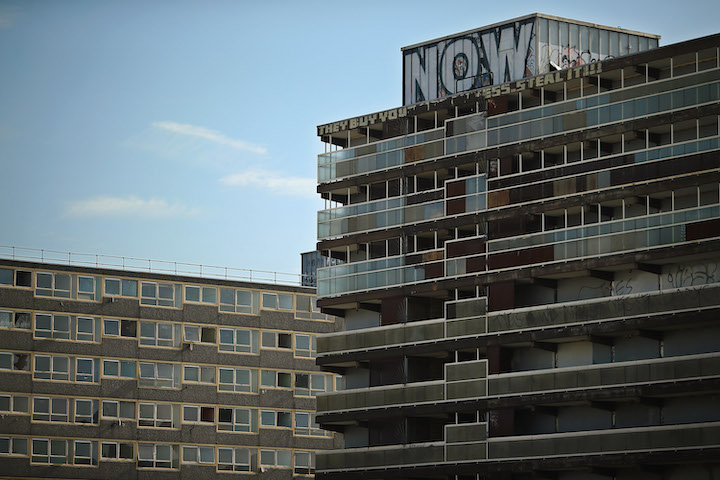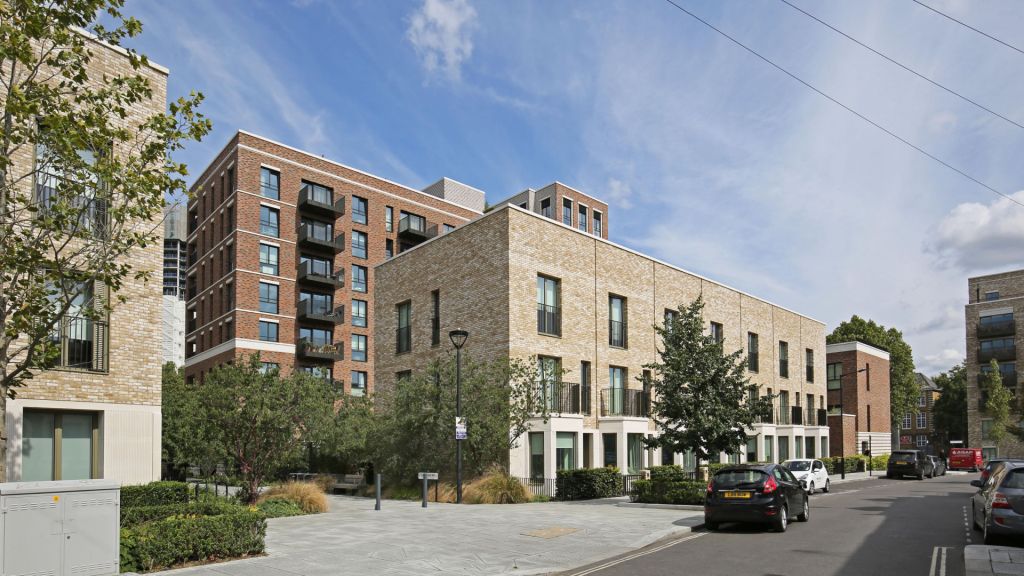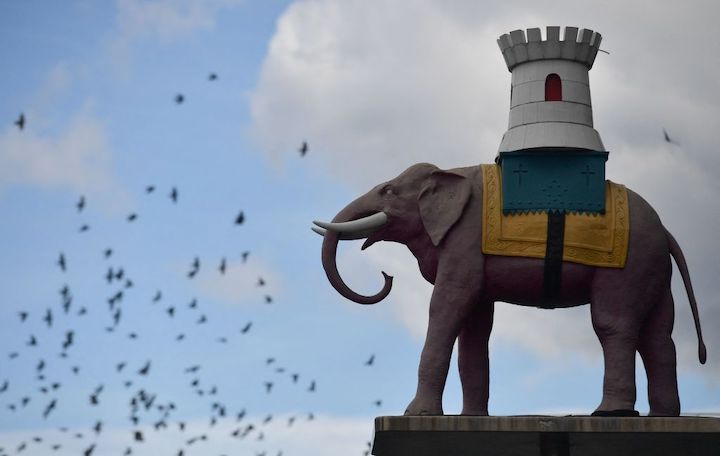It has been ten years since work began in earnest on the regeneration of one of the few surviving sections of old-school central London. While the rest of Zone 1 seemingly saw wall-to-wall gentrification, Elephant and Castle remained an outpost of stubborn, scruffy ordinariness, an oasis of discount stores, greasy spoons and traditional boozers.
Over the past decade, billions of pounds have been lavished on sprucing up the Elephant. But while the old place certainly looks quite different – a cluster of new towers, thousands of new homes, a gaping hole where the 1960s shopping centre once stood – this is a regeneration that has had its fair share of troubles.
In fact, controversy has swirled around Elephant and Castle even before developer Lendlease set to work on its centrepiece in 2013. To make space for the £2.5 billion, 3,200-home Elephant Park development, Southwark Council first needed to clear the council estate it was to replace. The ‘decanting’ of the Heygate Estate was an ugly process. At the heart of the conflict was a hard core of residents determined to stay put railing against a council encouraging them to pack their bags – often using strategies such as turning off their heating to force them out.

Jerry Flynn’s family had moved to the Heygate in the 1970s and he stayed there until the early 1980s, when he got his own flat in Bermondsey. When rumours first began to swirl about the redevelopment, Flynn’s mother, who lived on the estate, filled him in. She asked him to help her navigate the process – and what Flynn saw horrified him.
Council tenants were rehoused in Southwark, but those who had bought their council homes were offered such low levels of compensation that few could afford to stay locally. ‘They all moved out of the Elephant, some out to places like Kent,’ said Flynn, now aged 67. ‘There were also about 200 insecure tenants living there at the time – nobody knows what happened to them.’
Meanwhile, trouble was brewing at another Elephant and Castle landmark, the shopping centre, which owner Delancey has demolished to make way for a snazzy modern replacement. Admittedly the centre was more shanty town than showpiece of post-war architecture, but it was loved by the local community. Around 10 per cent of Southwark’s population is of Latin-American origin, and the centre was their de facto headquarters, packed with salsa bars, restaurants and kiosks selling regional delicacies from Peru, Brazil, Ecuador and Bolivia.
When the centre closed, many long-term traders were offered alternative space at Castle Square, a temporary shopping centre tucked down a side road beside the railway tracks where passing trade is minimal. As a result, incomes have fallen. Clearly retail has suffered, both during and after the pandemic, but the optics of this as-yet-unresolved dispute are terrible.

Back at Elephant Park, work is now advanced. Some 2,300 homes have been completed on the site, which covers around 25 acres. The development will also feature a two-acre park, a leisure centre, shops and offices when it is completed in five years’ time.
Angela Brennan, Elephant Park’s project leader, said the plan has always been to ‘create a place that recognises, respects and builds upon’ the strengths of the old Elephant and Castle. She said the local community’s wishes were baked into the scheme – a series of London plane trees on the estate were preserved at their behest, and the park was made fully pedestrian following consultation. Some 10 per cent of retail units are let at discount rates to local small businesses. And when the shopping centre is finished it will be linked to Elephant Park, creating a modern town centre.
A claim which is regularly levelled at developments such as Elephant Park is that the new homes created are far too expensive for ordinary Londoners. Prices currently start at £752,000 for a one-bedroom, 577 sq ft flat, which works out at a punchy £1,300 per sq ft. And the new restaurants which have been popping up nearby are expensive too – a cheese toastie and a small cappuccino at Little Louie, a recently opened café, will set you back just over £10.
‘It makes you wonder what problems these big regenerations are actually solving,’ said Flynn. By process of deduction, many campaigners believe a large chunk of Elephant Park’s homes have been sold to overseas buyers. They have certainly been marketed overseas, notably in Singapore, and in 2017 the not-for-profit Transparency International found that all 51 units sold, by that point, at one of the site’s buildings had gone to international investors. Lendlease would not comment.
It is true that a quarter of the homes on the site are designated as affordable, aimed at first time buyers and renters priced out of the area. Other buyers are British singles and couples, although Brennan concedes that the development has ‘opened up new markets’ for the area, particularly among the parents of wealthy international students studying in London.

This is not to say that there have been no positive changes at Elephant and Castle. Its notoriously scary southern roundabout, as well as its network of subterranean walkways, have been replaced.
Mercato Metropolitano, an Italian market and food hall inside a hip disused paper factory on Newington Causeway – which also houses a cookery school, vegetable garden and cinema – has been a big hit with Londoners (new outposts have since opened in Mayfair, Ilford and Canary Wharf) and has created a sense of destination at Elephant and Castle.
But what is being created is a very different neighbourhood to the one Flynn, now aged 67, grew up in. Back then the Elephant was both cosmopolitan and working class. The international flavour is still there, but the new incarnation of the Elephant – with events to mark Chelsea Flower Show, craft fairs, artisanal coffee shops and puppy yoga (yes, really) – is a far more homogenised and middle-class affair. ‘They say they are creating communities, but they are not communities which I recognise,’ said Flynn.
Brennan thinks that the zero-carbon Elephant Park is not only providing new homes and jobs, but also increasing the wellbeing of its residents: an improvement on what went before. ‘A lot of change is happening, and that is not always comfortable,’ she said.






Comments